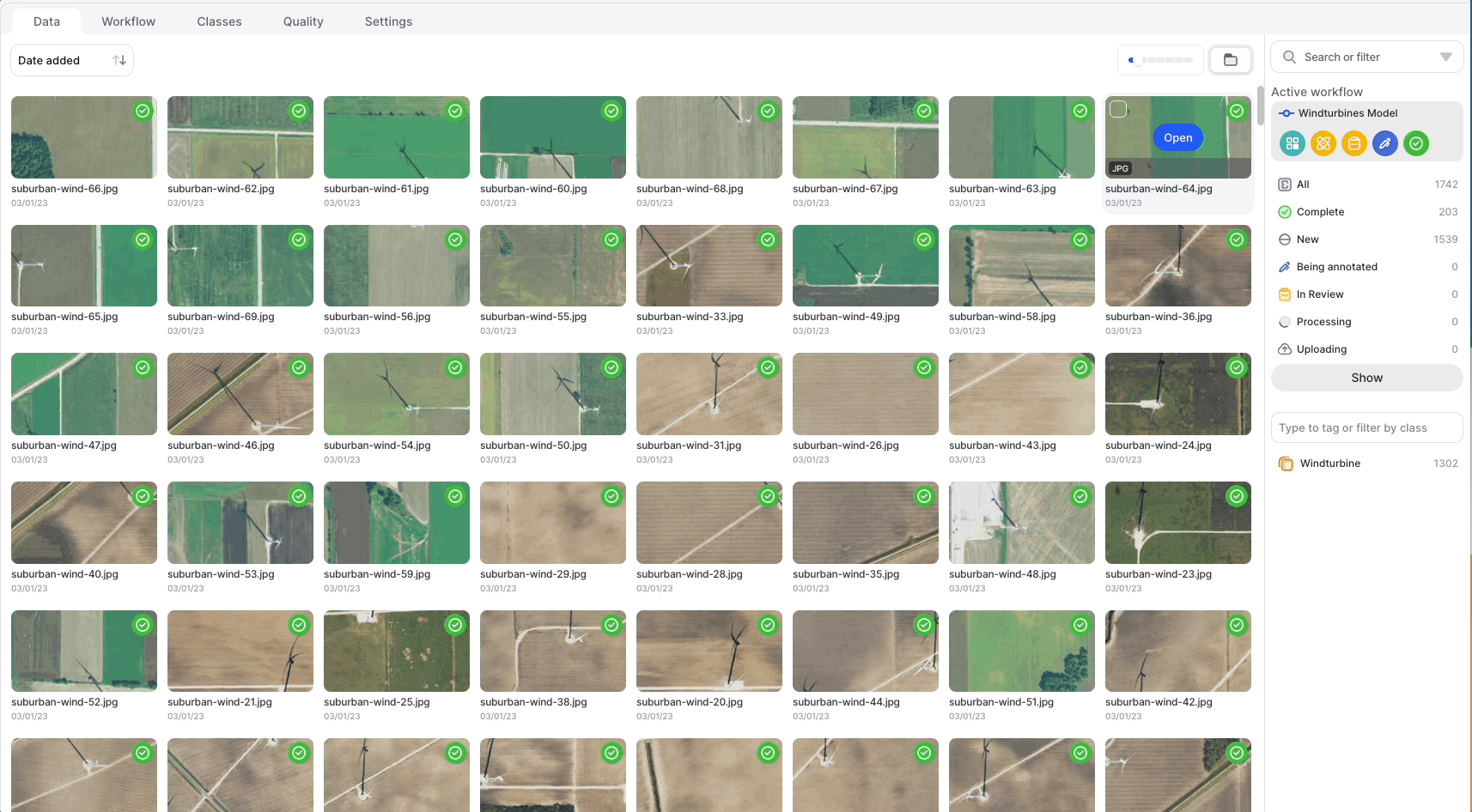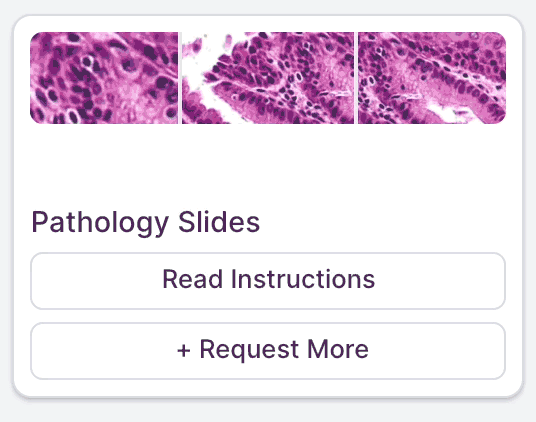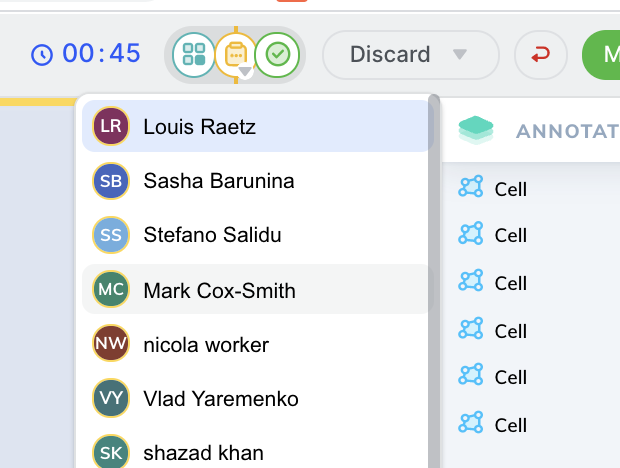Assign and complete tasks
Whenever workers log in to V7, they will be taken to the Workflows page where all projects that they've been assigned to will appear by the workflow name.
As to how images are assigned to your workers, there are two ways to approach this.
Assign automatically
Under the Settings page of a dataset, you can toggle the option below to allow your annotators to keep assigning batches of new images to themselves. This is also where you'll be able to determine the size of the batches your workers receive, and the criteria by which they are assigned:

Your annotators will see the option to assign themselves images in two places:
- In the Workflows page when they log in.

- In the workview at the end of the queue of images that have been assigned.

PriorityIf you've opted to assign images automatically, you can set priority by opening a dataset, selecting one or more images, and selecting Priority.
Self-AssignmentWorkers can only self-assign files either directly from the Dataset Stage or if unassigned files exist in the stage to which the worker is assigned.
When adding non-human stages to a workflow immediately after the Dataset stage (For example, a Logic Stage or Consensus Stage) then it will be necessary to have a User, Admin, or Workforce Manager move files to the stage. This will trigger the automation in the stage so workers can be assigned files.
Assign manually
Workforce managers, users, and admins can also manually assign items to different team members in bulk from the Data page within a dataset

Images and video can also be assigned one-by-one from within the workview by selecting the dropdown arrow next to each stage.

Complete tasks
Whenever a worker has completed the annotations on an image, they can click Send to review to move the image to the review stage, and assign it to the reviewers that have been selected in the dataset's Workflow.
Reviewers can make edits to annotations if the review stage is not read-only. Annotated files can then be marked as complete, or sent back one stage if they need more work.

Reviewers and annotators can communicate between stages using the comment tool. Comments allow team members to tag each other to ask questions or add context to corrections and rejections.

Updated 4 months ago
